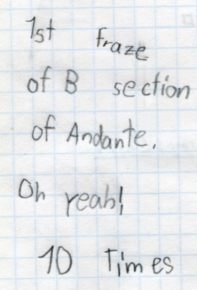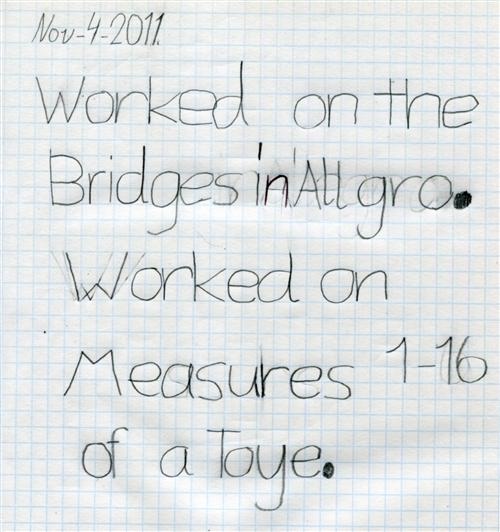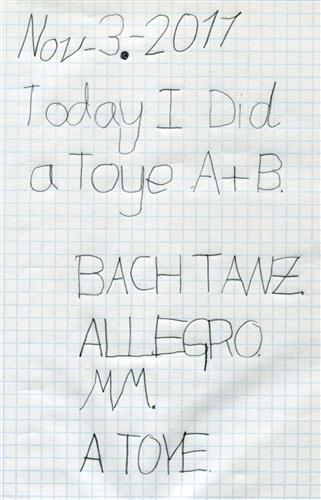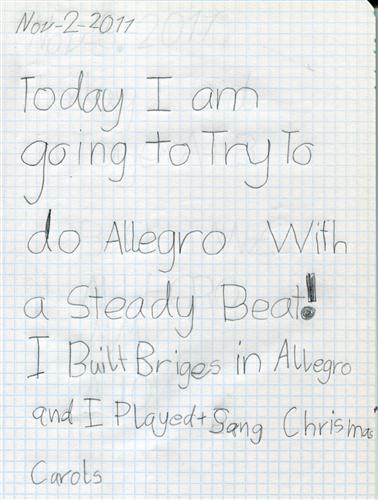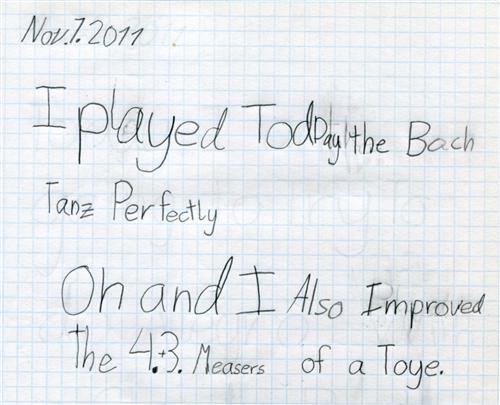I’ve always seen the guitar as a doorway to musicianship for my daughter, rather than an end in itself. I certainly hope that she’ll love playing guitar some day, but I recognize that she didn’t pick it, and that she may someday quit playing.
Because of my desire to help my daughter become a musician, rather than specifically a guitarist, I’m often introducing other instruments into our practices. At various times, we’ve played the ukulele; the pennywhistle; the harmonica; and various percussion instruments (the djembe, the snare drum, the claves). (Note: I can’t really play any of these instruments. But I enjoy trying.) I use them to help develop sightreading skills, rhythm awareness, and music theory.
Recently, I’ve gotten obsessed with the bass. Specifically, I’m obsessed with the Kala Ubass. It’s a baritone ukulele body equipped with special polyurethane strings, and, when amplified, it sounds almost exactly like an upright bass. I haven’t bought one because it’s around $400, but it’s a tossup between whether I want it or an iPad more.
My daughter is not obsessed with the bass, but she did ask to play upright bass in her enrichment class last year at the Colorado Suzuki Institute. More recently, at this year’s institute (at the MacPhail Center for Music), she played the bass part in a guitar-quartet piece, and since then she has continued to play the part on her own during any small breaks in our home practices (much to my annoyance). I’ve actually never seen something stick in her head like this bass part. Mind you, we practiced it a ton during the institute, but it got me wondering whether I could keep her enthusiasm about that bass part alive by starting to teach her bass.
So that’s what I’ve started doing, using her guitar. Since the lowest four strings of the guitar are tuned the same as a bass (just an octave up), you can learn bass-clef reading and the fretboard geography of the electric bass (or the Ubass) using an ordinary guitar.
So I picked up David Overthrow’s Beginning Electric Bass, and two days ago M and I started sight-reading a scale-like warmup exercise in the beginning of the book. I taught her the lines (GBDFA) and the spaces (ACEG) of the bass clef and the associated mnemonics (Good Boys Do Fine Always and All Cows Eat Grass). Then we read the music off the instrument, just saying the note names, and then moved to saying and playing the notes. Since this particular exercise is all stepwise movement, it was pretty doable. Today (our second day on the piece), I added a fun twist: one of us read the notes as if they were on the treble clef while the other read them on the bass clef. Thus put us in harmony a sixth apart, which sounded pretty good. We traded off doing it each way.
We probably can’t do this every day, but I think its worthwhile for any musician to have a working familiarity with the bass clef. (Having played the piano for a couple of years, I can read it, but not nearly as easily as the treble clef.) And if I ever get a Kala Ubass, M will have a head start on learning how to play it. I love the idea of her being able to play both the guitar and the electric bass.
